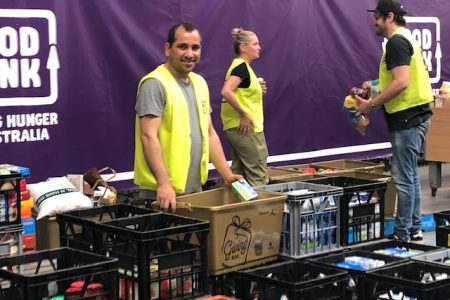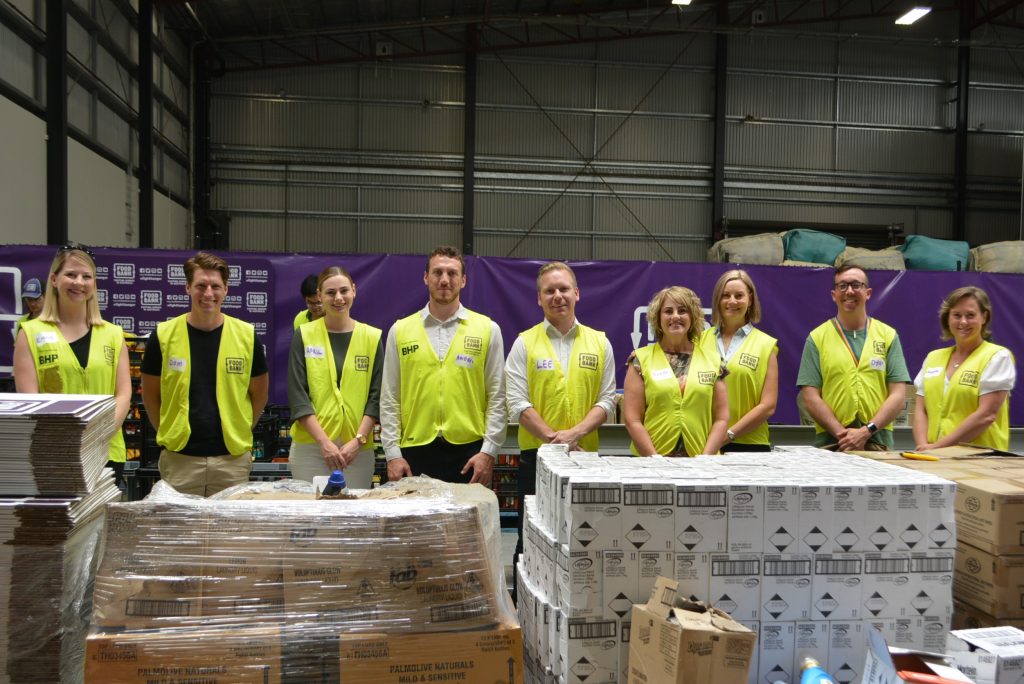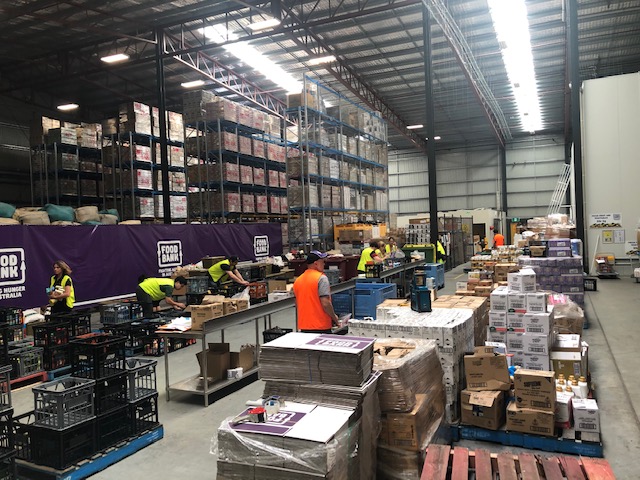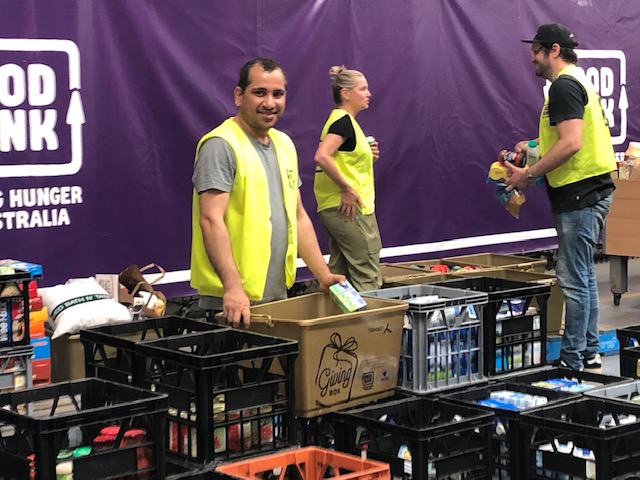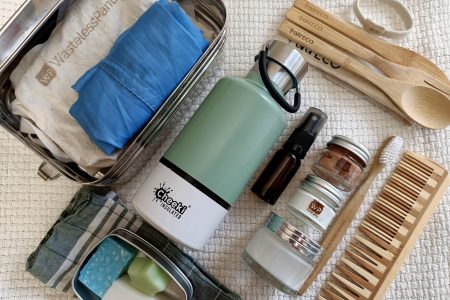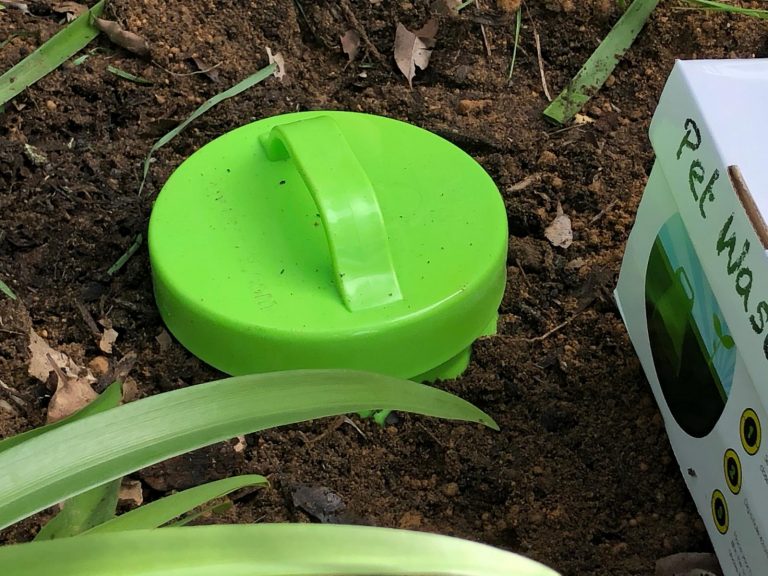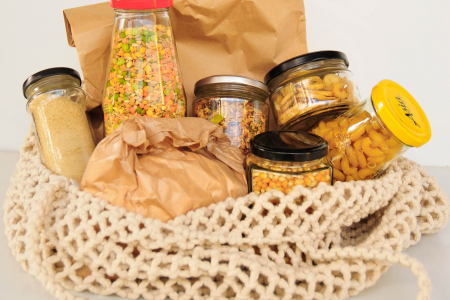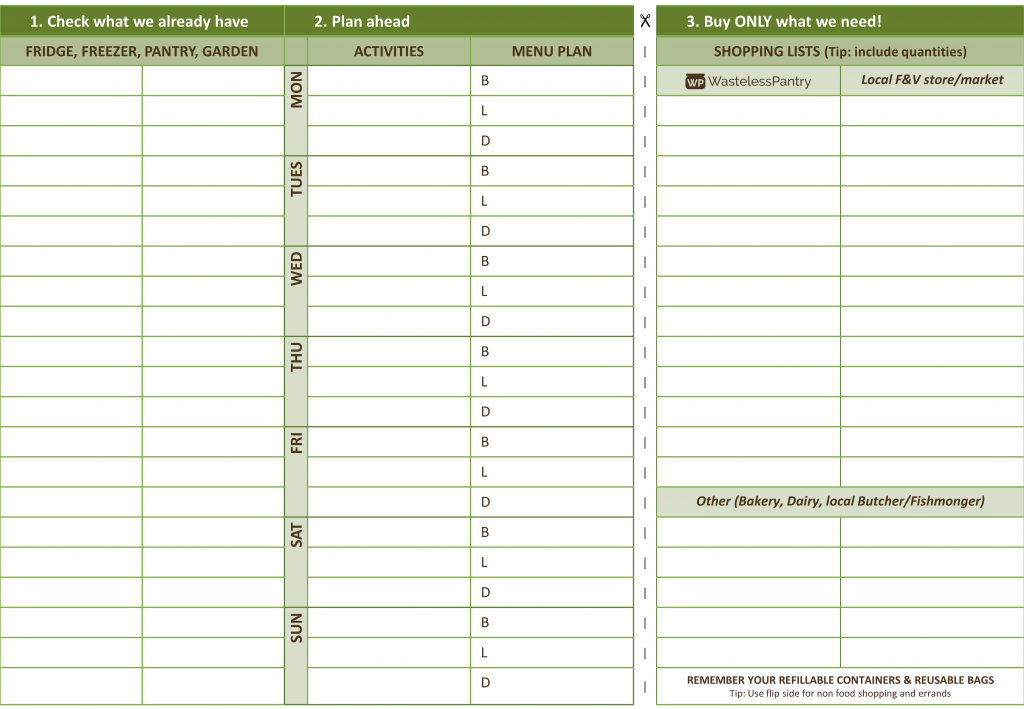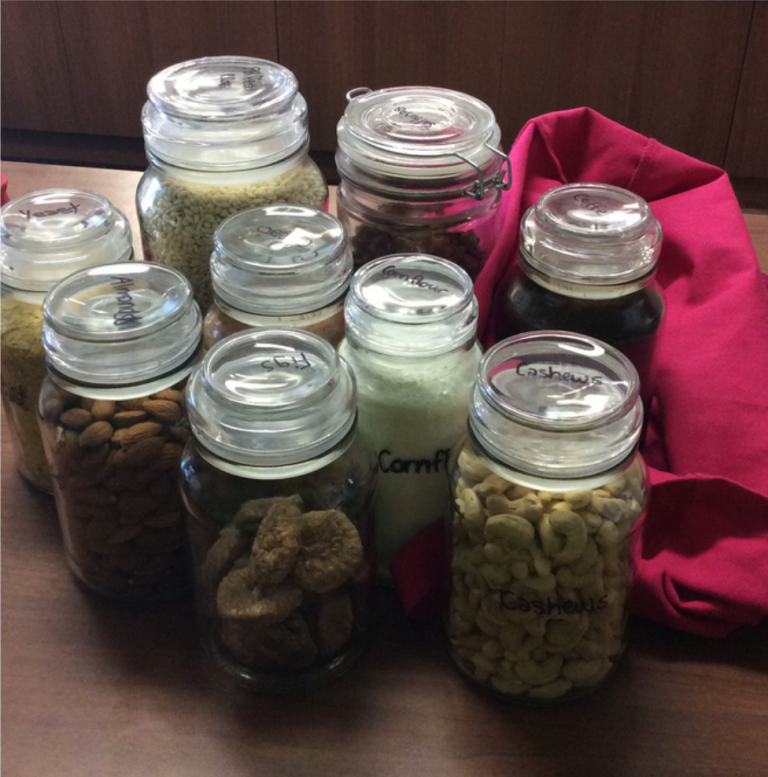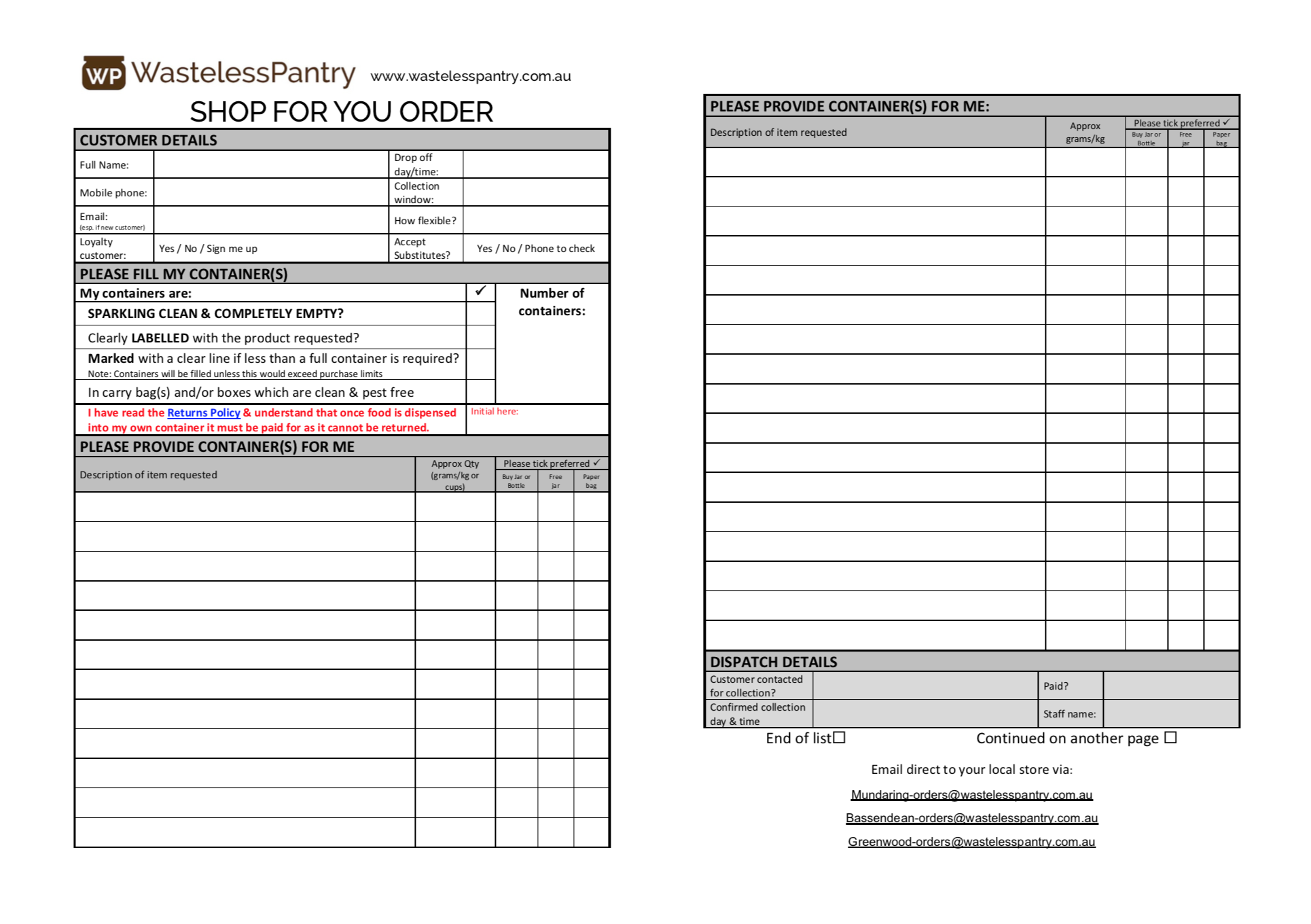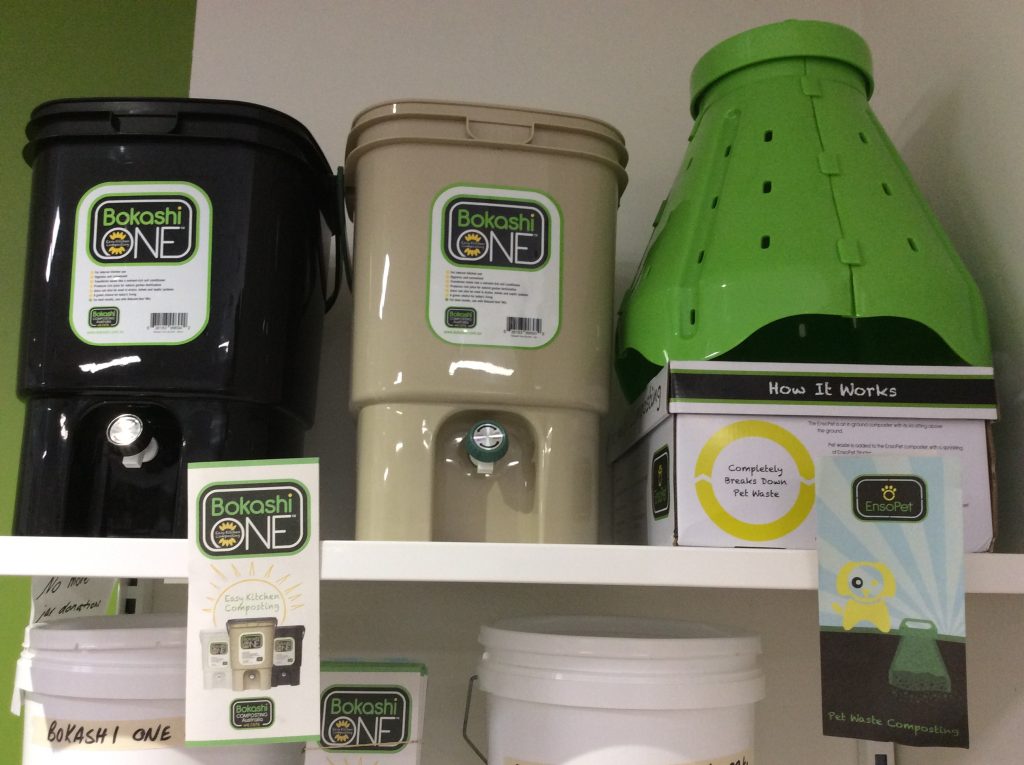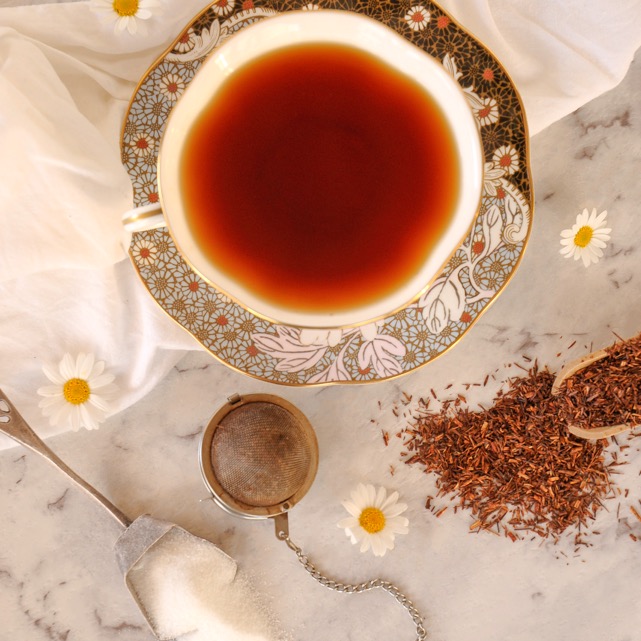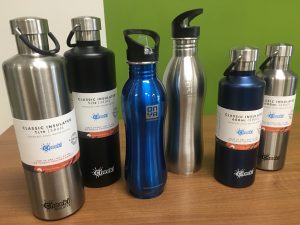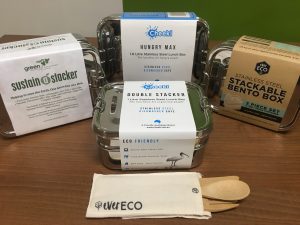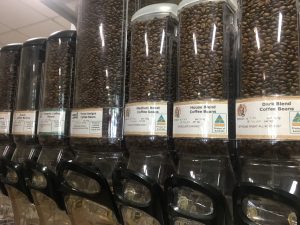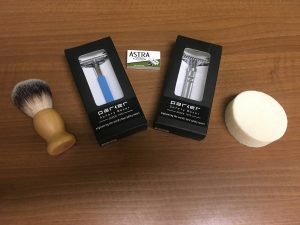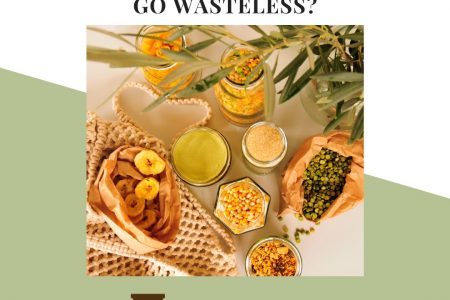
It’s a New Year and another opportunity to get cracking on reducing your waste. I love the enthusiasm that is generated from the calendar ticking over to January 1st, and all the new habits and resolutions that are inspired!
Step 1: Bin Audit
Starting with some ideas about what goes into your bin is the best first step. So as gross as it sounds, you are going to need to pay attention to what is going into your bin. If it’s a shared bin then it gets trickier and so picking a not too hot day/week to pull it all out on a tarp or the lawn is a confronting and informative way to find out exactly what has been hiding in there.
Group all the bits and bobs into as many categories as is useful to you:
Landfill – stuff that has no other place to go like disposable nappies and random little bits of plastic.
Compostable – think food waste, tissues, paper towels, hair from your hairbrush and dust out of the vacuum.
Recyclable – all the things that go in your yellow top bin.
Specialist recyclable – things like batteries, ink cartridges, toothbrushes, globes, spectacles, razors, mobile phones, e-waste and paint.
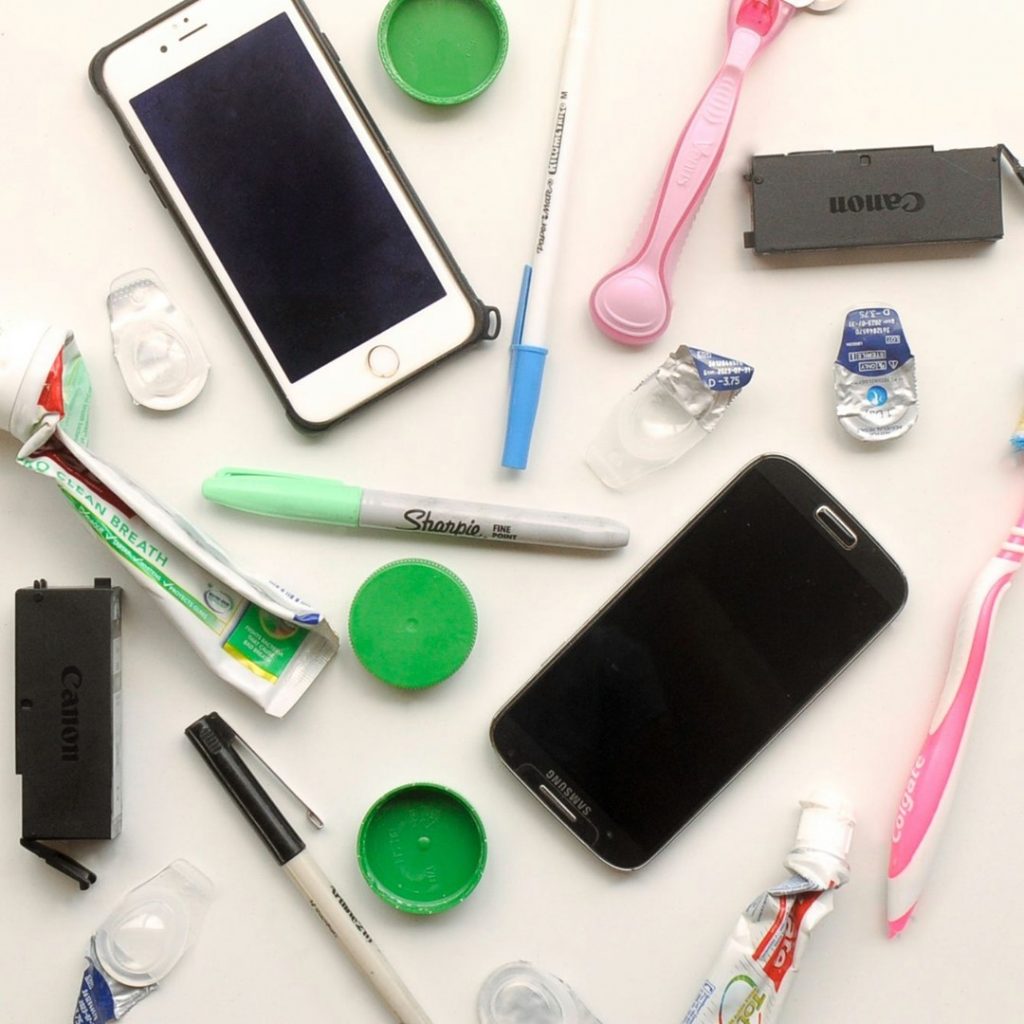
Step 2: Collection Bins
Now that you have figured out what you are dealing with, it’s time to make sure that you have all your collection bins sorted. Maybe you have only had a landfill bin in the house and so that is where everything has been going. Or maybe you figured out that you don’t actually know what goes in your yellow top recycling bin. Perhaps, your compost bin wasn’t cutting it as it was too big or too small and so nobody wanted to use it. Whatever you learnt, what is your solution?
In our house, we have a landfill bin, compost bucket and recycling bin in the Kitchen, Bathroom and Study/Office. We have a little battery collection bin in the draw with the new batteries. I pop bread tags, ink cartridges, used pens and toothbrushes into the shopping bag I take to Wasteless Pantry so that I can remember to drop them off each week. I put globes in my car for dropping off at the Sports Centre I go to. We have a box in the shed to collect any e-waste as that only gets dropped off about once a year.

Think about putting all the information about what goes in each Collection Bin on it so that everyone can make good choices. And make sure to let the whole household know where they all are!
Step 3: Use What You Have
At this point, you might be rearing to go get all the cool zero waste gear so that you can tick the box of feeling wasteless. Hold your horses!
We would love you to instead use up all the products and food you have first before you think about getting anything new. With the exception of expired products and food which needs to be disposed of, it is usually best to just swap things out as you finish them up. Good reasons for this are that:
- Saves money
- Prevents waste
- Reduces clutter
- More gradual change is usually easier to keep up long term
So instead of going out and getting new containers, reuse jars and takeaway containers. Instead of getting shampoo bars, use up the last of all your shampoo samples and leftovers first. Instead of buying a fancy BYO coffee cup, take one from home. And yes, we want you to use up all the food in packets in your pantry, fridge and freezer too.
Anything that has passed it’s used by date could be a risk to your safety, but anything past it’s best before you can use your common sense as most likely it is just not quite as flavoursome and delicious as it was before.
Step 4: Gently Make a Change
Find one thing at a time to change.
Pick one area you’d like to wasteless and just start there.
When that is easy and hard for you not to do, then do the next thing.
Slow and steady, you’ll get there!

